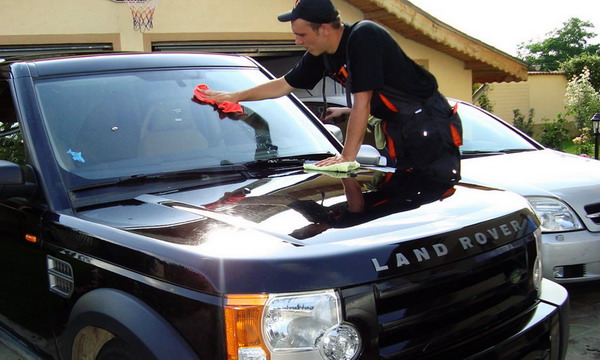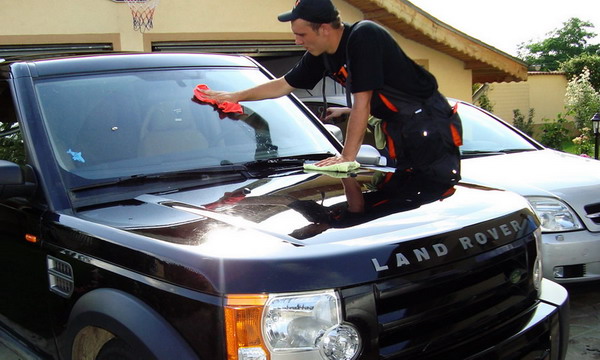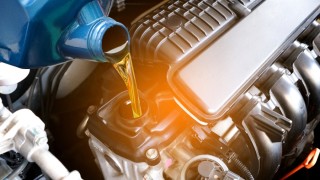Preparing your car for a quick sale, or even simply attempting to restore it to its former glory, can be a major task. One of the most difficult things to master is paintwork restoration.
Many cars have suffered years and years of damage from both the elements, and over zealous owners that have scrubbed just a little too hard with a dirty sponge. Over time, these minor imperfections add up, and by the time you become the owner of a used vehicle, you might be looking at bodywork that’s less than perfect.

Hire a Professional or Go DIY?
Professional paint correction and car detailing is a really skilled craft. It’s perfectly possible to fix errors your car’s paintwork yourself, but it often pays (in terms of time, money, and results) to simple hire someone that does this kind of work day in day out.
Types of Damage That May Occur
Over a car’s lifetime, it will succumb to many forms of paint damage. Grit and stones will be thrown into the bodywork from passing cars, and the corrosive salt used on winter roads will attack the metalwork. When the car is parked, it will inevitably suffer sun damage and falling sap and resin from trees. The largest threat however, tends to come from owners that use sub standard products and dirty sponges to clean their cars, leading to swirl marks and scratches in the paint surface.
Removing Minor Dents
Removing small dents requires a tiny amount of force, pinpointed over the offending area. You can actually do this with a bathroom plunger, although professional repairers may prefer to go behind the panel and push the dent the other way. If done properly, these types of “pin dents” can be removed without beating the panel.
Minor Paint Scratches
Shallow scratches are fairly easy to remove for a professional. www.aspectvaleting.com, a professional car valeting company, explains: “Minor scratches tend to only penetrate the first coat of paint (the clear coat) so by using a rough compound to even out the surface, it’s possible to eradicate the scratch, then rebuilt the layer of wax afterwards”.
Deep Scratches
Removing a deep scratch from paintwork is a more tricky proposition. The procedure typically involves rubbing down the area with fine grain sandpaper past the top coat of clear lacquer. After that, the area is touched up with matching paint in very controlled stages, and left to dry before another is applied. Once this process is completed, polish and wax are applied to return the area back to its original finish.
If the scratch is really deep and has penetrated the metal, it’s usually more economical to take the vehicle to a body shop for a larger spray job, as the very localised repairs can be extremely labour intensive.
Swirl Marks
Swirl marks are one of the more typical paint issues a car’s bodywork is prone to. They’re usually created by grit trapped in the sponge during washing, or an overly aggressive polishing technique. These unsightly patches are fairly easy for a specialist to remove using a rotary polisher and foam pads. The key is not to remove too much of the existing paint, and professionals will take multiple depth readings to ensure this doesn’t happen.
As you can see, restoring your car’s bodywork isn’t a task to be taken lightly. This is most definitely a job that’s best left to professionals, who’ll guarantee that your vehicle will be returned looking like new.
By Harry Price
Harry Price is a writer and personal trainer. He spends much of his time in his garage working on his 2 antique muscle cars and playing football with his mates.



